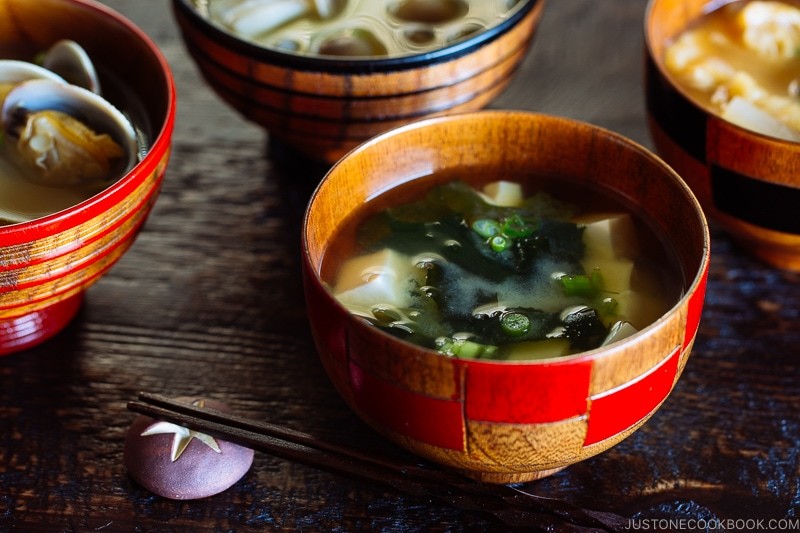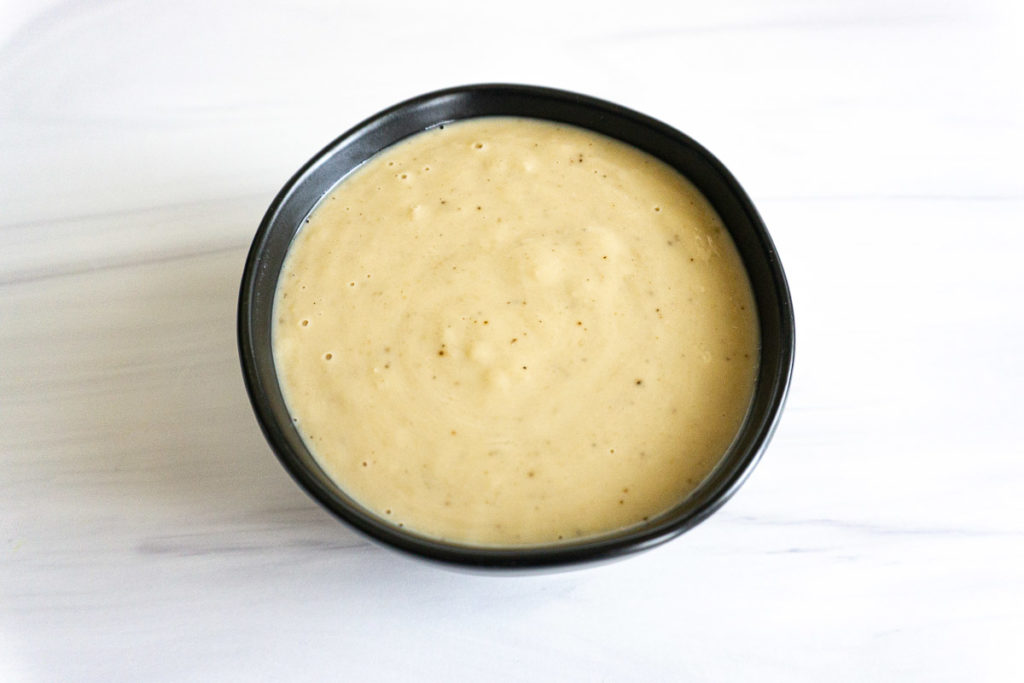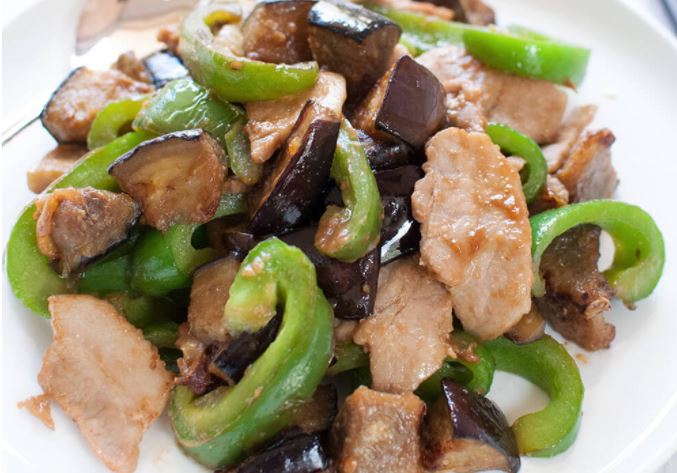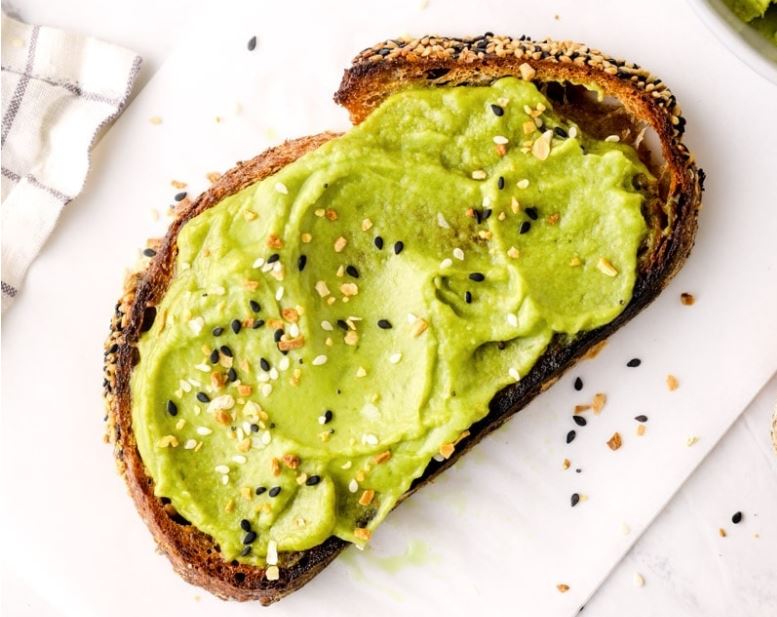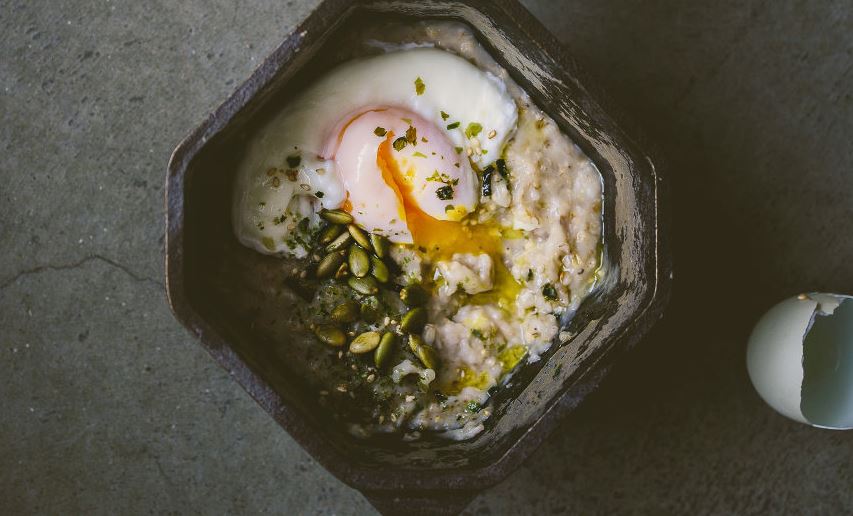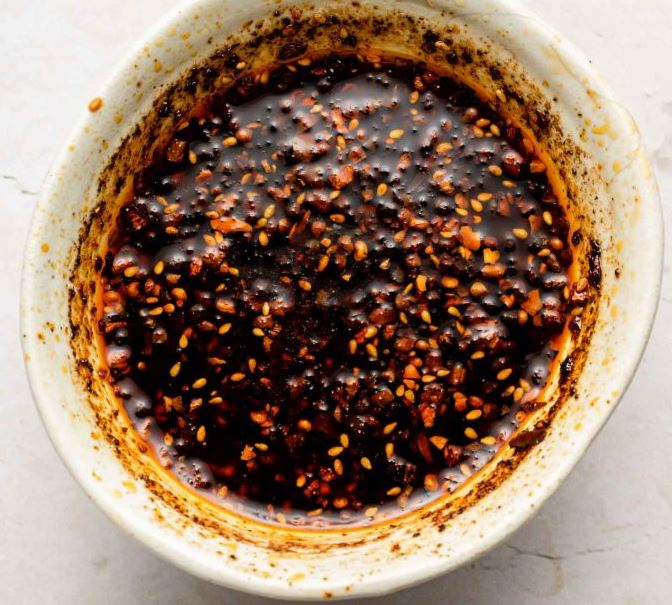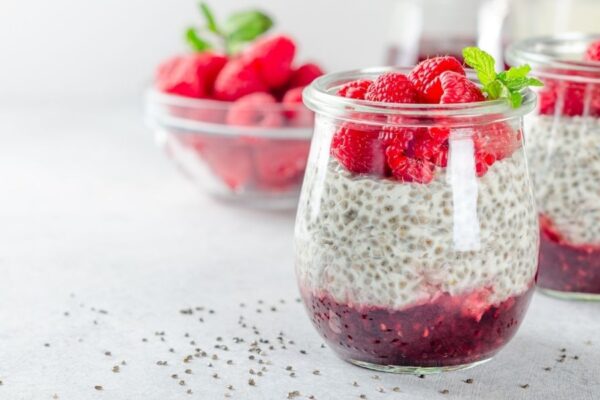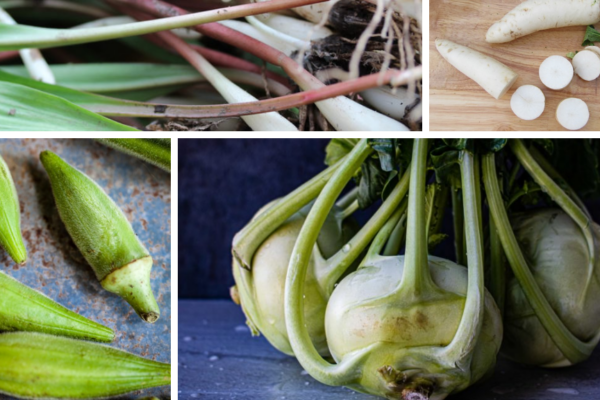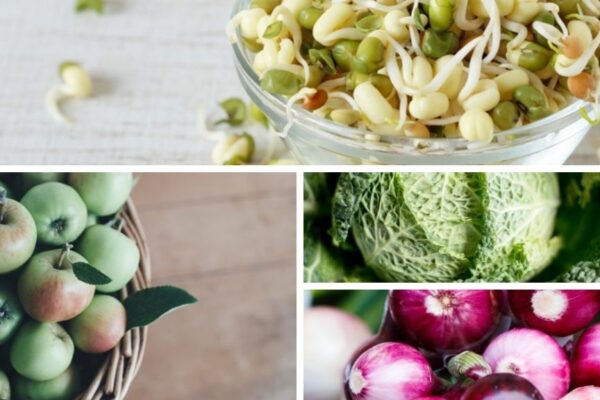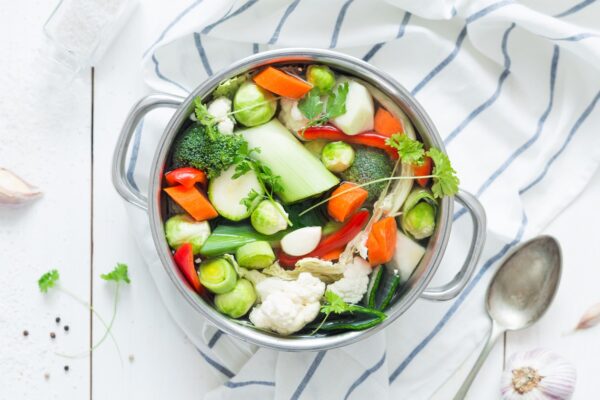12 Ways to Use Miso

Miso, one of our favourite fermented foods, has a rich flavour characteristic that enhances an array of recipes. You may have heard of the term ‘umami’, also called the fifth taste. It’s a Japanese word roughly translated as ‘pleasant savoury flavour’ – and miso has umami in spades. If the primary way you enjoy miso is in miso soup, you’re in for a treat. There are many more ways to use miso than you might expect!
What Is Miso?
Miso is a fermented condiment that originated in ancient China and was later introduced to Japan in the 600s, where it became a staple in cooking. Soybeans are fermented along with Aspergillus oryzae, a mold starter culture that is also referred to as koji. Other grains like rice and barley may be added to the mix, too.
Types of Miso
There are multiple approaches to categorizing miso, including its ingredients, colour, flavour, fermentation time and even the region it comes from.
Some of the common miso types you may find at the grocery store are:
- Shiro Miso: soybeans, white rice and salt with a mild, sweet flavour and has a light colour
- Mugi Miso: soybeans, barley and salt, fermented longer for a stronger flavour and has a dark reddish-brown colour
- Aka Miso: soybeans and white rice, fermented longer for a stronger flavour and has a dark red colour
- Mame Miso: soybeans and salt, a dark colour and pungent flavour
- Genmai Miso: soybeans, brown rice and salt with a nutty flavour and brown colour
- Shinshu Miso: soybeans, rice or barley and salt, slightly stronger flavour than shiru miso and colour ranges from yellow to light brown
You may see buckwheat or chickpea miso at health food stores, the latter not considered traditional miso but is a great alternative for those who don’t consume grains or soy.
The world of miso is sizeable – and very tasty!
Health Benefits of Miso
There’s so much to love about miso, including its range of health benefits.
Benefits of Fermentation
As a fermented food, miso contains probiotics that are wonderful for good digestion, a healthy microbiome and the immune system. Fermentation also decreases phytic acid, a compound that interferes with our digestion.
Ready to start fermenting at home? Try our self-paced Fundamentals of Fermentation course!
Protein
Miso is a good source of plant-based protein. Protein is essential for healing and repair, muscle growth, the immune system, hormones and enzymes, and blood sugar balance.
Isoflavones
Soybeans contain high amounts of the isoflavones genistein and daidzein, which can help block inflammation and prevent tumour growth, and has been associated with a lower risk of certain cancers and cardiovascular diseases.
Miso’s fermentation process yields higher amounts of genistein and daidzein than non-fermented soy products, plus evidence indicates they are easier to digest because fermentation partially breaks these compounds down for us. Fermentation for the win!
Cardiovascular Health
Given miso’s saltiness, you may be wondering if it has a negative effect on heart health. It’s actually the opposite! Studies of Japanese populations show that miso does not increase blood pressure, heart rate or the risk of hypertension.
In fact, this study of middle aged and elderly Japanese adults showed that miso soup consumption actually decreases blood pressure. And this 10-year study of over 40,000 Japanese revealed that miso reduced the risk of having a heart attack.
A little goes a long way with miso – you don’t need a lot of it for salty flavour.
Anti-Cancer Properties
The isoflavones in soy mentioned earlier, genistein and daidzein, have anti-cancer properties and are associated with a potential reduced risk of prostate and breast cancers as well as colon cancer. Researchers suspect that genistein’s similarity to estrogen helps it bind to estrogen receptors and inhibit breast cancer cells.
Vitamin K
Miso has Vitamin K, an essential nutrient for bone health.
Zinc and Manganese
These nutrients are important co-factors our bodies use to produce key antioxidants that protect us from damage. Zinc is also crucial to the immune system.
Soy and Women’s Health: Isn’t Soy Bad For Me?
Soy isn’t without its problems, both to our health and the environment. Some soy products may impact our hormones and it’s a common allergen; plus genetically modified soy can have negative consequences.
On the other hand, soy consumption can be beneficial for menopausal women and reduce common menopausal symptoms (again, because of its isoflavones). It really depends on a variety of factors including age, hormone health and overall health.
Fermented soy is our preferred way to consume soy and it’s linked with reduced all cause mortality.
Note: Heating destroys most of the nutritional benefits of miso. We never boil miso in recipes; instead, we add it at the end of cooking in recipes, or warm it on very low heat.
Is Miso Gluten-Free?
It depends! Some miso types, like mugi, are always fermented with barley (which isn’t gluten-free). Other varieties may use rice or barley interchangeably. Your best bet is to always check labels, or purchase from a certified gluten-free brand.
Buying and Storing Miso
Miso is commonly available at many large grocery stores. You will likely find it in the refrigerated section. If you have a Japanese grocer or East Asian grocery store in your area, you may find miso there as well.
Always store miso in your refrigerator. You can use the best before date as a guide, though since miso is preserved via fermentation it will usually last for up to a year, if not longer, if stored properly.
12 Ways to Use Miso
There are many delicious and creative ways to use miso! Here are some of our faves.
Soup
Miso soup is one of the most classic ways to use miso – and sea vegetables make a great addition to any bowl.
Recipe To Try: Homemade Miso Soup by Just One Cookbook
Marinades and Sauces
Whether you consume animal products like meat and fish or opt for plant-based proteins, miso is a great thing to incorporate into glazes, marinades and homemade sauces.
Recipe To Try: Miso Glazed Salmon by Chopstick Chronicles
Salad Dressing
Throw miso paste into your next homemade salad dressing!
Recipe To Try: Miso Ginger Dressing by Share the Spice
Noodles
Whether you like your ramen soupy or thicky and saucy, miso is a great addition.
Recipe to Try: 15 Minute Miso Coconut Chicken Ramen by I Am a Food Blog or Vegan Miso Ramen by Kindly Coconut
* Love noodles as much as we do? Try one of these 22 Best Gluten-Free Noodle Recipes!
Hot Chocolate
Miso isn’t just for savoury dishes! Combining miso and chocolate is one way to use miso that’s unique, plus that bit of saltiness helps to enhance the sweetness.
Recipe To Try: Miso Salted Oat Milk Hot Chocolate by Okonomi Kitchen
* Discover more dairy-free hot chocolate combos right over here.
Congee
Congee is a tasty comfort food recipe at any time of the year, and one that is very flexible and forgiving.
Recipe To Try: Miso Congee With Crispy Scallion Oil by Lady and Pups
Stir-Fry
Dinner doesn’t get much easier than a quick stir-fry – just ensure you add the miso at the end due to the higher temperature often used in stir-frying.
Recipe To Try: Miso Itame by Japan Recipe Tin Eats
Dips and Spreads
Miso offers depth to spreads such as hummus as well as other bean and veggie dips. You can also smear a bit of miso just on its own over gluten-free toast or crackers, or combine it with ghee to make a dairy-free miso compound ‘butter’.
Recipe To Try: Avocado Butter by Darn Good Veggies
Dairy-Free Cheese

Looking for a bit of extra cheesy flavour in your dairy-free cheeses or cheese sauces? Miso is your condiment! Fold it into fermented or non-fermented vegan cheeses.
Recipe To Try: Miso Cultured Cashew Cheese by Fermenting for Foodies
* Satisfy all your cheese cravings with these 22 Best Dairy-Free Cheese Recipes.
Gluten-Free Baked Goods
Many bakers use miso’s saltiness and flavour as their hidden secret in baked goods like cookies, brownies, cakes and chocolate recipes. Oops, the secret’s out!
Recipe To Try: Grain-Free Miso Blondies by The Nourished Mind
* Confused by all the gluten-free flour options? Grab our Gluten-Free Flour Guide and Substitution Reference.
Savoury Oatmeal
If you haven’t tried savoury oatmeal yet, well, you must. It’s quick and easy to customize with your favourite veggies, protein sources, spices and seasonings like miso. You can also cook this with other gluten-free grains such as millet, quinoa or buckwheat.
Recipe to Try: Savory Miso Oatmeal by Betty Liu
Infused Oils
We infuse oils with herbs and spices, so why not miso?
Recipe to Try: Miso Chili Oil by Okonomi Kitchen
The world of miso is packed with flavour and variety, so pick up a container and start experimenting!
Ready to try fermenting at home? Try our self-paced Fundamentals of Fermentation course! This virtual course invites you to take your health to the next level by creating gut-supportive, digestive-friendly, flavour-rich and easy-to-make ferments.
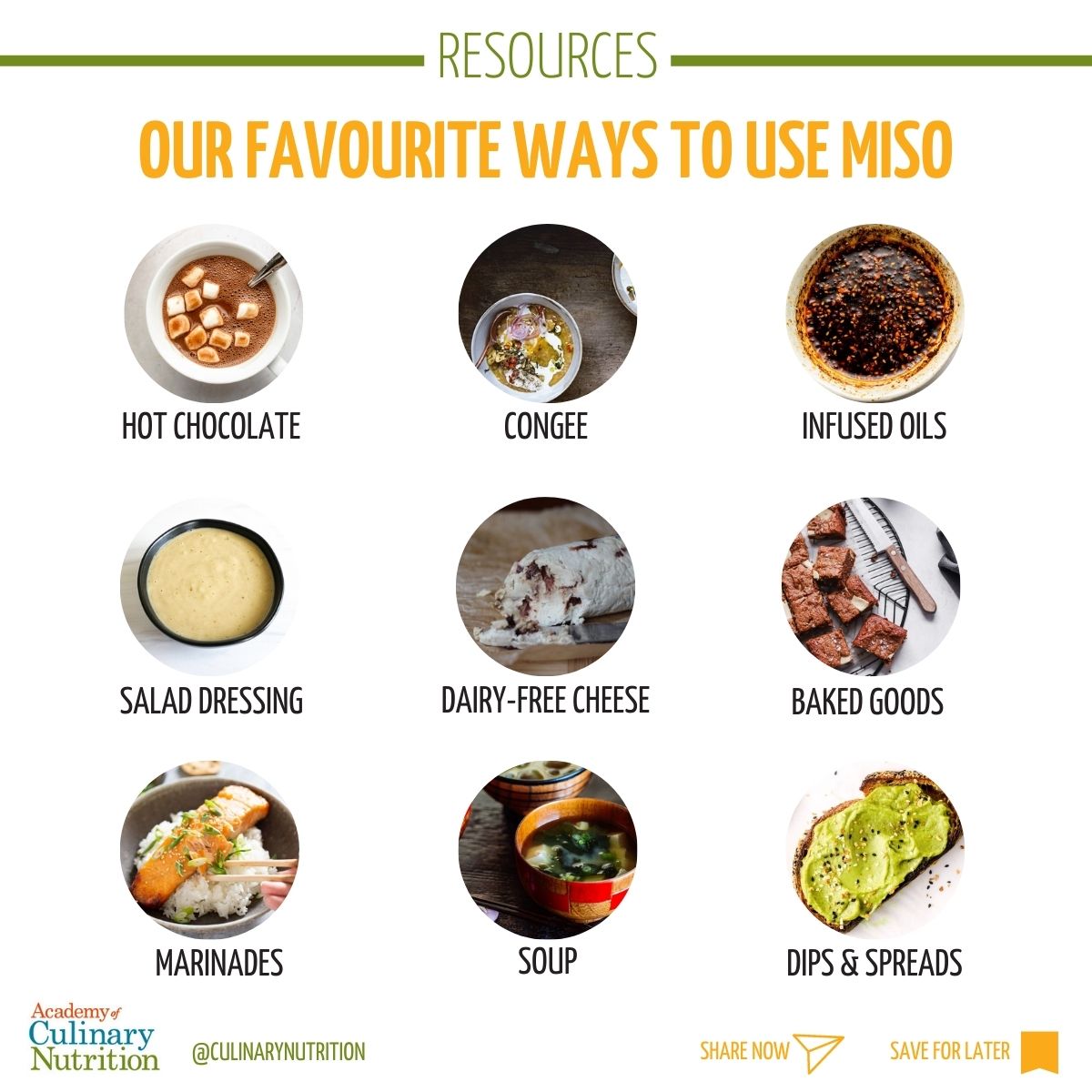
Free Resource Library
Enjoy more than 40 downloadable guides, recipes, and resources.
















